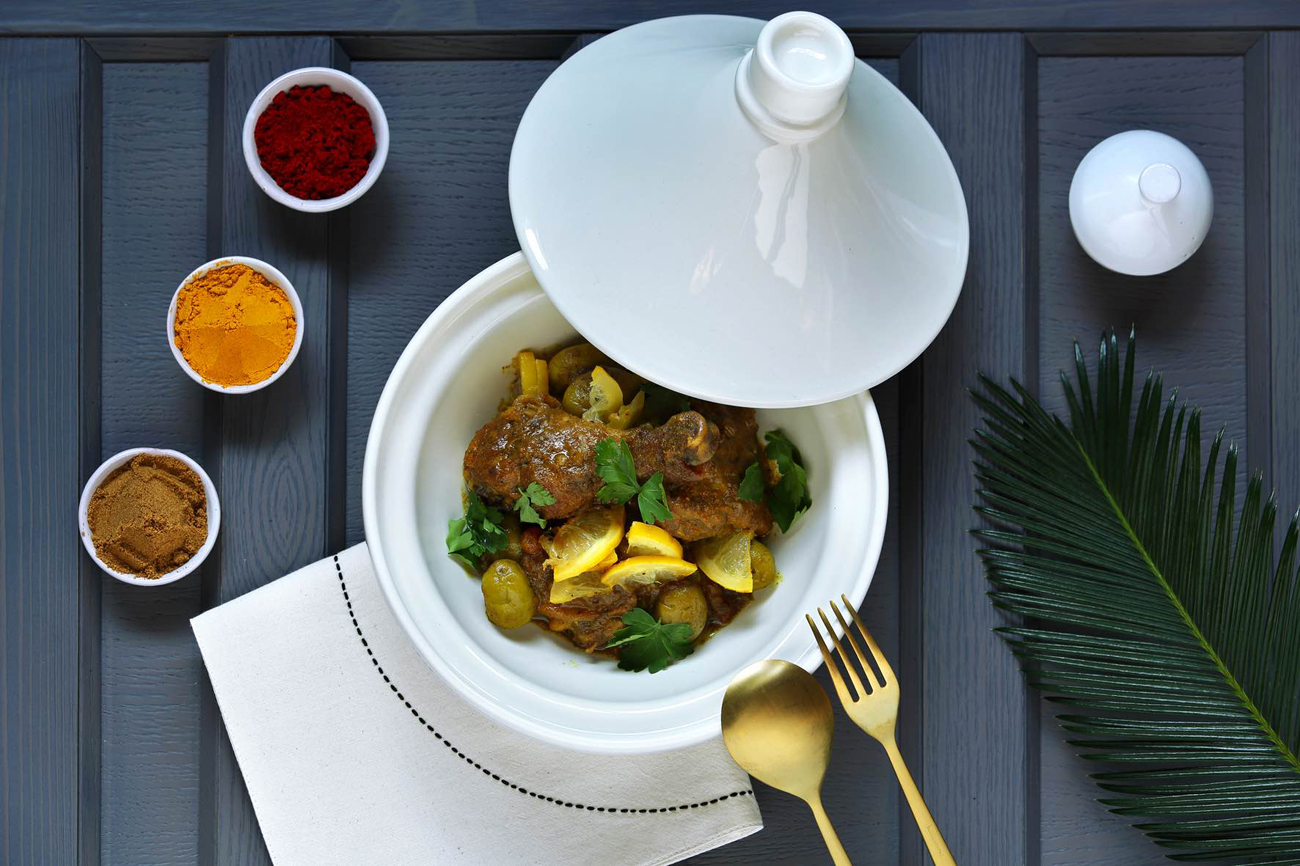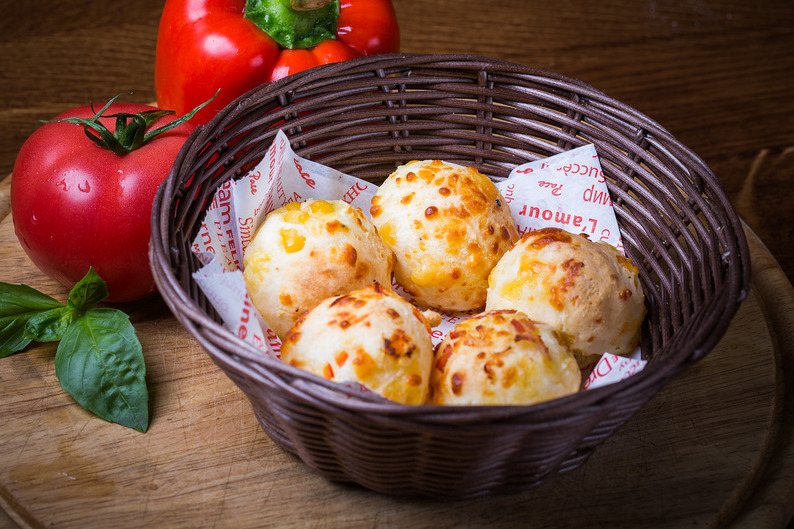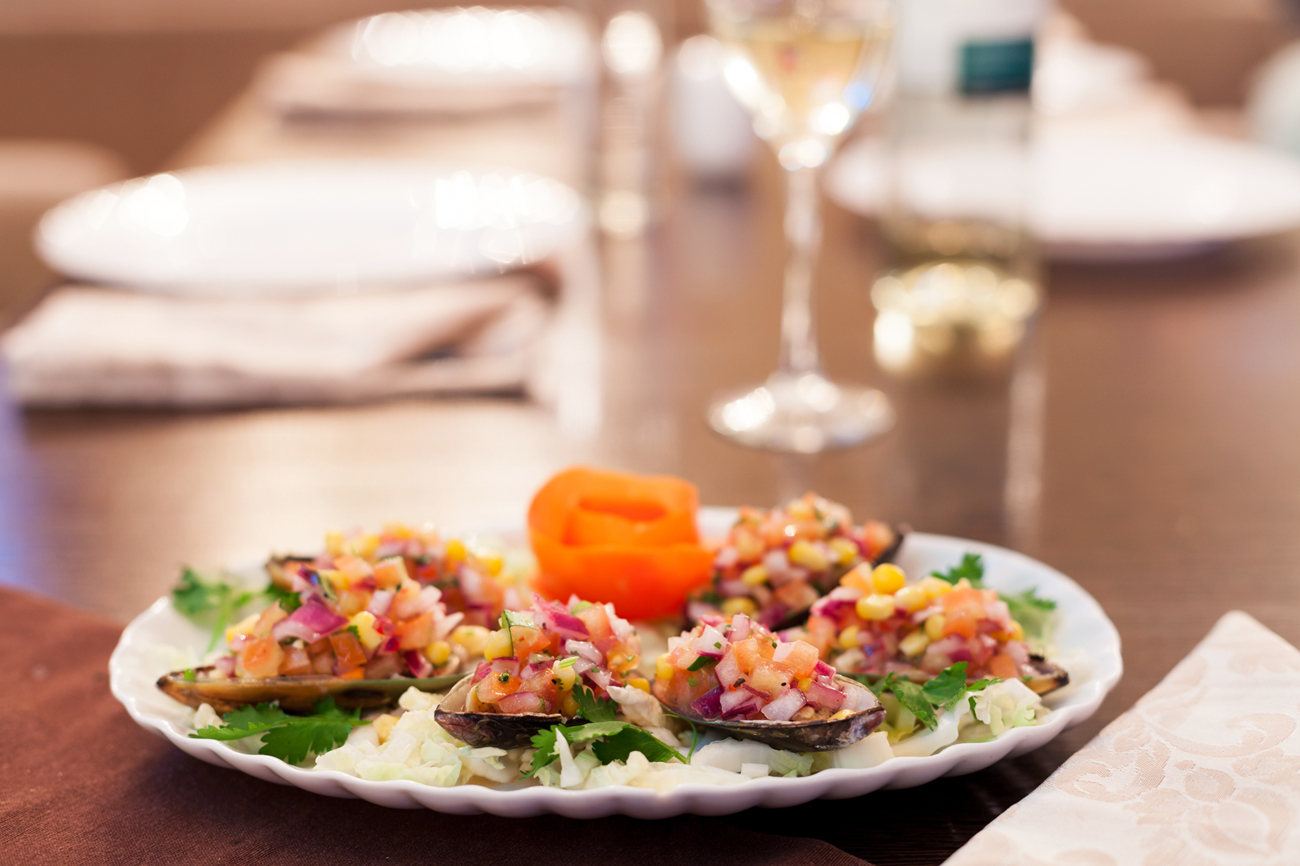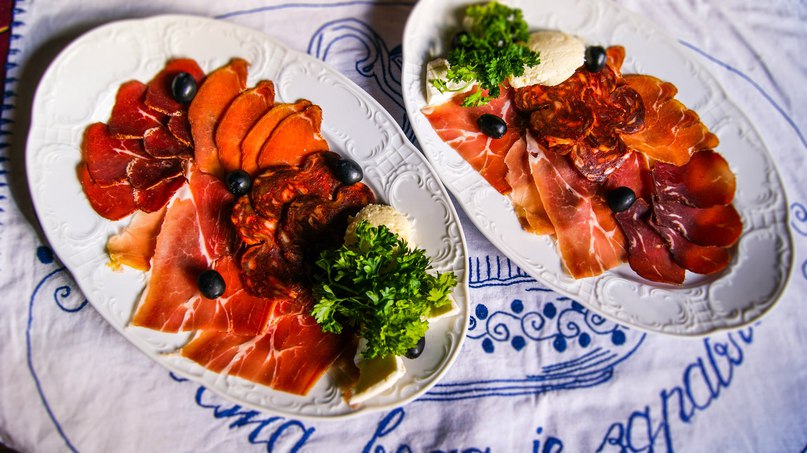
Sushi and pizza give way to dishes from Morocco, South America and Serbia.
Photo courtesy of Tajine restaurant, credit: Tanya Panova Photo courtesy of Cafe Brazill
Photo courtesy of Cafe Brazill
I’ve noticed that the Brazilians who come here usually ask for shurasko [a kind of kebab made from different kinds of meat without marinade], frigole [beans], rice and feijoada — our country’s traditional dish, a symbol of Brazil, made from black frigole, meat, yucca and spices. And if the guest feels like trying to choose from the unknown dishes, our waiters safely recommend this particular dish. And the this guest little by little gets up the nerve to try something new: for example, moqueca [cod with coconut milk and vegetables] or our traditional sweets. We practically don’t eat bread in Brazil — only in the morning. And the Russians ask for it right along to accompany any possible dish! It really surprised me!
 Photo courtesy of Lima restaurant
Photo courtesy of Lima restaurant
Peruvian cuisine is a mix of different cultures in one dish. Incan, Asian, Spanish, African influences combined and created a tradition of their own. The main dishes of the Peruvian cuisine in our menu are soups and mussels stuffed with vegetables and lime juice. My aim is to reproduce the taste of the real Peruvian cuisine, traditional, the one I got used to since my childhood. The right flavors, the taste intensity, the balance are extremely important. The Peruvians like sour ingredients combined with fish and seafood. But here is a different continent and different mindset — although Russian people are very curious, ready for something new and love big-sized dishes, just as we do! Sometimes I need to find compromises, though: Russians are not big fans of hot flavor, so I tone it down a little bit, but keep the very core of the Peruvian cuisine.
 Phoho courtesy of Yugos restaurant chain
Phoho courtesy of Yugos restaurant chain
We were the first in Moscow to serve the dishes of the Serbian cuisine. I am from Serbia myself, working in Russia for 20 years already. The code for success, I suppose, is the fact that our nations are very like-minded, and the Serbian cuisine is simple and clear. Furthermore, both the Russians and the Serbs have an eye for big-sized dishes, meat and are not enthusiastic over the lump of spices: chili pepper, black pepper, garlic — and that’s enough. Eventually, we got an idea how to tell Russia about the Serbian food. Some of the Serbian words seem funny for the Russian ear. And we created funny articles in the press, for example: what do you think the words “chevapchichi” and “tufachiya” mean? The answers were various: “it is a footwear” or “it is a queen”. Actually, those are meat cutlets and apple dessert. Recently, we participated in the Fermeriya festival at VDNKh with a stand dedicated to the Serbian cuisine. I try to meet the new guests personally and throw back a shot of our national drink, rakia, with them.
All rights reserved by Rossiyskaya Gazeta.
Subscribe
to our newsletter!
Get the week's best stories straight to your inbox